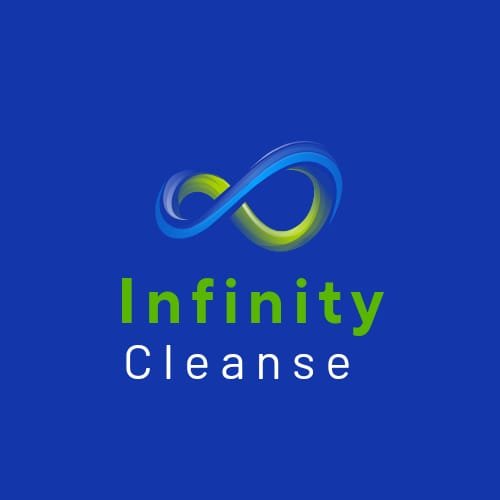In addition to meeting the income threshold, there are other requirements that individuals or couples must meet to be eligible for home cleanup assistance. One of these requirements is that the hoarding problem must be identified and acknowledged by a professional. This can be a mental health professional, a social worker, or a healthcare provider who has assessed the living conditions and determined that the individual or couple is in need of assistance.
Furthermore, there may be certain documentation that needs to be provided to prove eligibility. This can include income statements, tax returns, or any other relevant financial documents that demonstrate the individual or couple’s income level. Additionally, the professional who has identified the hoarding problem may need to provide a written statement or report detailing their assessment and recommendation for home cleanup assistance.
It is important to note that home cleanup assistance is typically provided on a one-time basis. This means that individuals or couples who have already received assistance in the past may not be eligible for additional help unless there are extenuating circumstances. However, each case is evaluated individually, and exceptions can be made in certain situations.
Home Cleanup Assistance Tips
Once eligibility has been determined, the home cleanup assistance program will typically arrange for professional cleaners to come to the individual or couple’s home and assist with the initial clean-up. This can involve removing clutter, organizing belongings, and deep cleaning the living space. The goal is to create a safe and habitable environment for the individual or couple, while also addressing the underlying hoarding issue.
In conclusion, while meeting the income threshold is a key requirement for eligibility, there are other factors that need to be considered. The identification of a hoarding problem by a professional, the provision of necessary documentation, and the one-time nature of the assistance are all important aspects to take into account. Ultimately, the goal of home cleanup assistance is to support individuals or couples in overcoming hoarding issues and improving their living conditions.
Qualifying Situations
The home cleanup assistance is specifically designed to help individuals or couples who have been identified as having a hoarding problem by a social worker, community-based worker, or an agency specializing in home cleanup/hoarding. It is important to note that the assistance will not be provided if the home cleanup is part of a move-out clean.
In order to qualify for the home cleanup assistance program, individuals or couples must meet certain criteria. These criteria include a documented diagnosis of hoarding disorder or a similar condition by a qualified mental health professional. The diagnosis should be based on specific criteria outlined in the Diagnostic and Statistical Manual of Mental Disorders (DSM-5).
Additionally, applicants must demonstrate a genuine need for assistance with home cleanup due to the hoarding behavior. This can be evidenced by the presence of significant clutter, unsanitary conditions, or safety hazards within the home. The severity of the hoarding problem will also be taken into consideration during the evaluation process.
Home Cleanup Assistance
Furthermore, applicants must be willing to actively participate in the home cleanup process. This may involve working closely with a team of professionals, including social workers, psychologists, and professional organizers. The goal is to not only clean up the home but also address the underlying psychological factors contributing to the hoarding behavior.
It is important to note that the home cleanup assistance program is not intended to be a one-time solution. Instead, it is a comprehensive approach that aims to provide ongoing support and resources to individuals or couples struggling with hoarding. This may include follow-up visits, counseling services, and access to support groups or community resources.
In conclusion, the home cleanup assistance program is specifically designed to help individuals or couples with a diagnosed hoarding disorder. By providing comprehensive support and resources, the program aims to address the underlying issues contributing to hoarding behavior and promote long-term change.
Home Cleanup Assistance: Funding Maximums and Documentation
For those who meet the eligibility criteria and qualify for home cleanup assistance, there are certain funding maximums that apply. The maximum amount that can be provided for the clean-up is $1,658, and this is a one-time benefit that can be availed once in a lifetime.
When applying for home cleanup assistance, there are certain documents that need to be included in the application. These documents include:
- A letter from the agency identifying the hoarding situation
- An estimate or receipt for the clean-up
- Proof of income
- Proof of residence
- Identification documents
These documents are essential to verify the need for assistance and ensure that the funds are used appropriately. The letter from the agency is crucial as it provides evidence of the hoarding situation and the need for intervention. The estimate or receipt for the clean-up is necessary to determine the cost of the clean-up and ensure that the funding maximum is not exceeded.
This Helps
Additionally, proof of income is required to assess the financial need of the individual or household. This helps in determining if they meet the income eligibility criteria for the assistance program. Proof of residence is also necessary to confirm that the individual or household resides in the designated area where the program is available.
Furthermore, identification documents such as a driver’s license or passport are needed to establish the identity of the applicant. This is important for verification purposes and to prevent fraudulent claims.
By providing these documents, applicants can demonstrate their eligibility for home cleanup assistance and ensure that the funds are allocated to those who truly need them. It helps in maintaining transparency and accountability in the allocation of resources. Contact Us.

